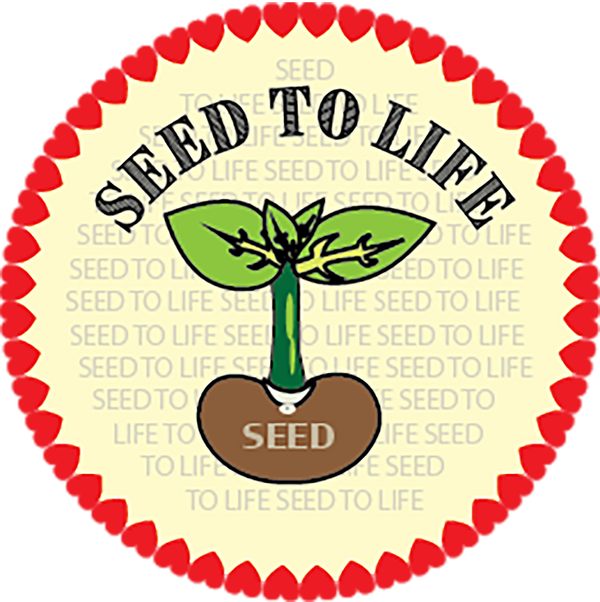
Lithops the Living Stones
Share
Lithops: The Living Stones
Lithops, commonly known as pebble plants or living stones, are cute succulents known for their unique stone-like appearance. These small plants are perfect for gardeners who are looking for low-maintenance greenery that thrives in compact spaces with minimal effort.
History of Lithops
Lithops have been around for centuries. They were first discovered by a botanist John Burchell in 1811 while he was on a botanical expedition in Southern Africa. He noticed some oddly shaped brown stones in the city of Prieska,in the Northern Cape Province. a. Burchell discovered these peculiar, slit-stone-like plants in Prieska, Northern Cape Province. Intrigued, he realized they were live plants perfectly camouflaged among the surrounding rocks.
The name "Lithops" is derived from the Greek words lithos (stone) and opsis (appearance), emphasizing their stone-like look. Locally, they are known as:
- Beeskloutjie (cattle hoof)
- Skaappootjie (sheep hoof)
- Perdeklou (horse hoof)
These names reflect their resemblance to animal hooves.
Appearance
Lithops are rounded, ovate succulents with a wide variety of colors and patterns, making them highly aesthetic. Each plant consists of a pair of fused leaves with a central slit that splits open as the plant grows. They grow slowly, producing just one new set of leaves per year.
How to Grow Lithops
Materials Needed
- Potting mix (equal parts potting soil and sand/crushed marble or a premade succulent mix)
- A shallow pot with good drainage
- Pencil or similar tool for planting
Planting Instructions
- Prepare the Soil: Mix the potting materials evenly.
- Plant the Lithops:
- Create small holes with a pencil.
- Place the roots into the holes, ensuring the top half (about ½ inch) remains exposed.
- Arrange: Lithops can be arranged creatively in patterns like circlets for aesthetic appeal.
Seed Germination
- Use a grainy seed germination mix and moisten it.
- Sprinkle the tiny seeds on the surface without burying them.
- Cover the pot to maintain moisture for the first 2-3 days.
- Germination typically occurs within 1-2 weeks under consistent moisture.
Care Tips
Light Requirements
- Transition Period: Keep in semi-shade for a week after planting.
- Optimal Light: 4-5 hours of morning sunlight, followed by afternoon shade.
- Indoor Growth: Use grow lights during winters or low-light conditions.
- Signs of Light Imbalance:
- Too Little Light: Leaves elongate, turn green, and lose plumpness.
- Too Much Light: Leaves become dull and lose color.
Watering Guidelines
- Water only during growing periods (late spring-early summer and late summer-early fall).
- Allow soil to dry completely between waterings (about every 2-3 weeks).
- Avoid watering during dormancy (midsummer and winter).
- Use a moisture meter if unsure about soil dryness.
Fertilizer Requirements
- Use a low-nitrogen, high-potassium fertilizer, such as cactus fertilizer.
- Apply only during growing periods, sparingly.
Why Grow Lithops?
Lithops are not only visually captivating but also low-maintenance. Their stone-like camouflage and slow growth make them a unique and rewarding addition to any plant collection. Whether you’re a novice or a seasoned gardener, these "living stones" promise a delightful and hassle-free experience.
Happy gardening! 🌱
